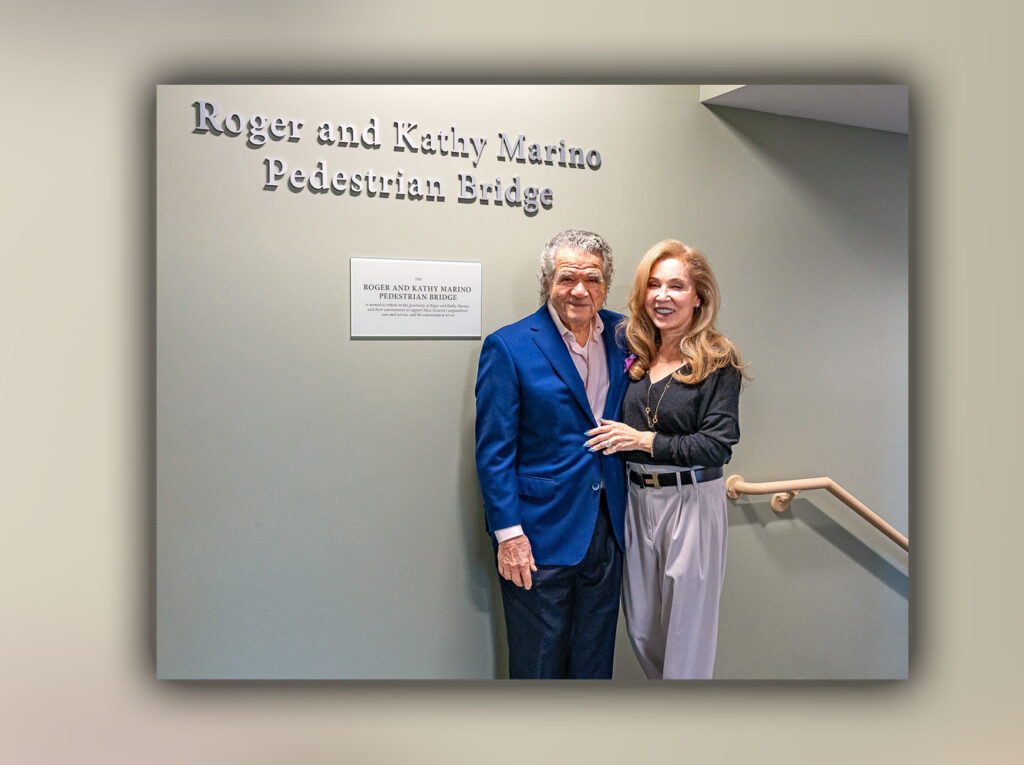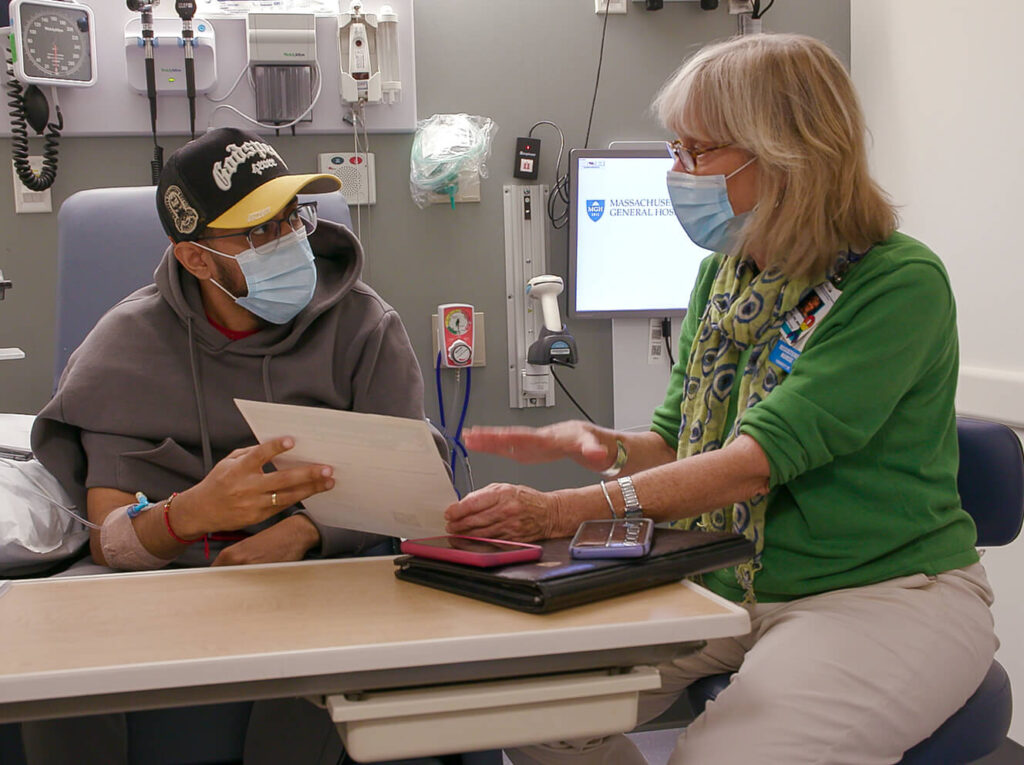Jared Conley, MD, PhD, MPH, is an emergency medicine physician and innovator at Massachusetts General Hospital and Harvard Medical School. In 2019, he became associate director of the Mass General Healthcare Transformation Lab and in that role also serves as the physician technical adviser to the Home Hospital Program at Mass General. Here, Dr. Conley describes how technology allows patients to receive hospital-level care at home.
We are essentially mirroring the care patients receive in the hospital but delivering it to them in the comfort of their own home.
What’s unique about the Healthcare Transformation Lab?
About six years ago, Eric Isselbacher, MD, founded the Healthcare Transformation Lab (HTL) with the mission to improve the experience and value of health care through collaborative innovation. We make that happen in many ways — most recently, one of our key focuses is to make it easier to deliver hospital-level care at home.
Can you explain what hospital-level care at home means, and what type of patients would be ideally suited to it?
We are essentially mirroring the care patients receive in the hospital but delivering it to them in the comfort of their own home. Scientific studies help us understand which patients can safely receive this kind of care. With the right technology, certain conditions that require daily doctor and nursing care, intravenous medications and close monitoring can safely be treated at home. Some examples are congestive heart failure, chronic obstructive pulmonary disease or skin infections.
In some ways it seems like a throwback to the house calls of the past, like Marcus Welby returns.
Yes, you can think of it like Dr. Welby’s house calls using 21st century technology and science to care for patients at home with hospital-level care. And, instead of a black bag, a nurse arrives with a backpack to provide the patient — and in some cases outfit their home — with an appropriate array of devices for that patient’s needs.

Ultimately, it’s patients who are driving this return to the home as the center of care — they want to maximize time at home. We’re actively exploring ways that technology can make this more and more of a reality.
Tell me more about the technology.
Our goal is to provide patients with the best remote monitoring device for their unique condition and an electronic tablet to best communicate with their Mass General care team during virtual visits. Instead of bringing the patient to the service, technology allows us to bring the service to the patient.
As we at HTL engage in this work, important questions arise. What is the technology that allows patients to get the most reliable monitoring and feel comfortable and safe? Is it a patch on the chest, an arm band, a watch? How often should monitoring occur? What are the best tools for monitoring vital signs (e.g. heart rate, blood pressure and oxygen saturation)? How can we then effectively transmit the data to clinical teams or alert them if the patient’s health is changing?
Our work is to figure out these exact solutions. You could think of it as developing an electronic safety net to ensure highest-quality and safe acute care in the home.
Hospital-level care at home sounds expensive.
Yes, caring for a patient at home with hospital-level care is not inexpensive as it requires the expertise of many clinicians and new technologies to facilitate remote monitoring, diagnostic testing and virtual visits. However, the hospital is essentially the most expensive hotel in town, and so this new way of delivering care will help us achieve the same high-quality care at a more affordable cost.
The home is the center of future health care delivery.
To support these efforts, last fall the Centers for Medicare & Medicaid Services enabled payment for hospital at home under specific conditions. As a leader in this space, Mass General was one of the first health systems given permission to do this type of advanced care, and we have been incredibly busy ever since evaluating the emerging technologies and opportunities to further this work.
What could philanthropy do?
The home is the center of future health care delivery. Philanthropic support allows us at HTL to explore, test and implement more about what tomorrow’s care could look like if best designed for patients.
Science and technology continue to support more and more of this work to maximize health and time at home. Patients want it and clinicians and staff at HTL will work tirelessly to facilitate it as much as it is safe to do so.
You can advance health care of the future by donating to the Healthcare Transformation Lab. If you would like more information, please contact us.





